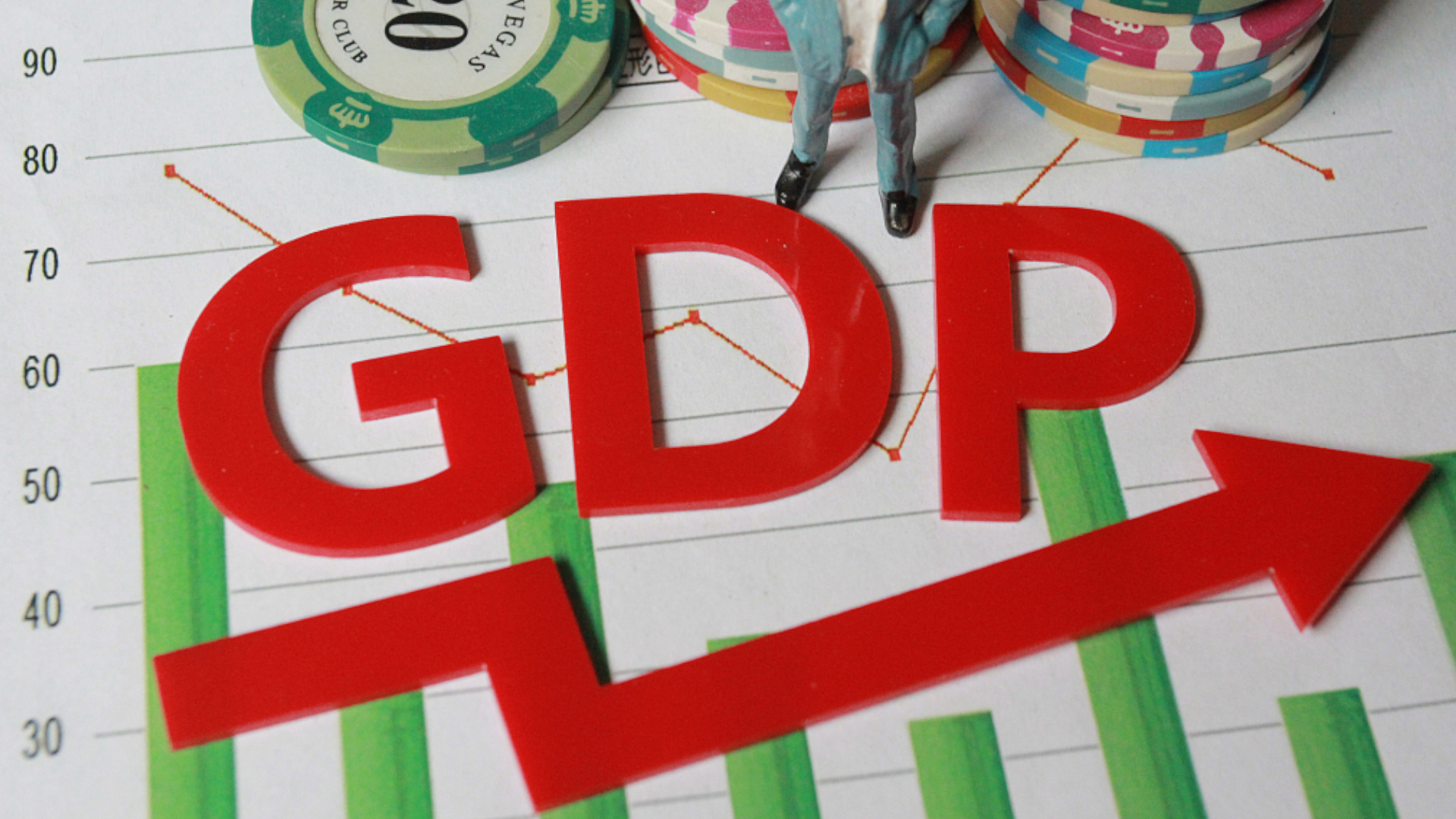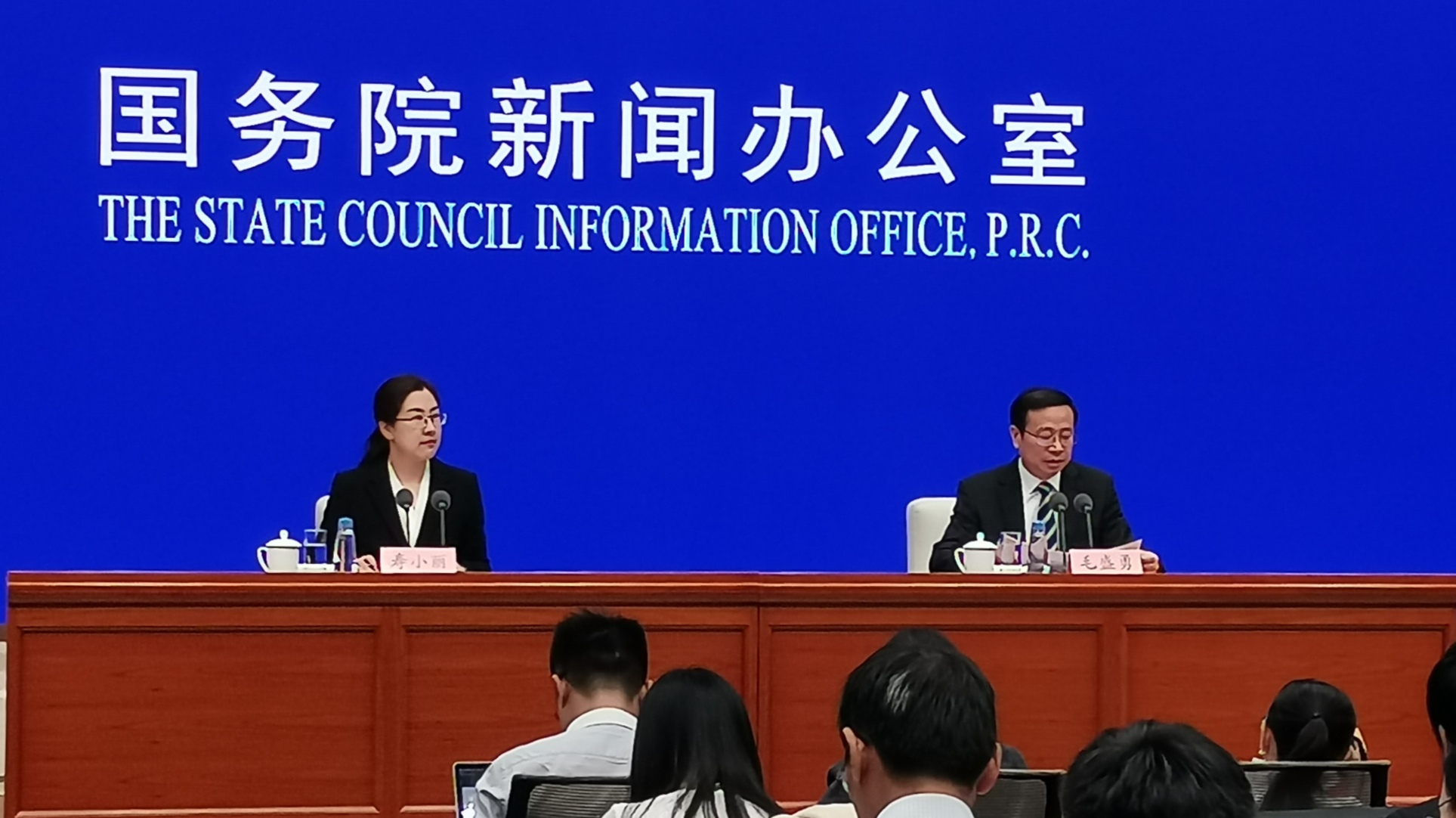02:06

China's gross domestic product (GDP) expanded 6.2 percent year-on-year in the first three quarters of 2019 to about 69.78 trillion yuan (about 9.87 trillion U.S. dollars), data from the National Bureau of Statistics (NBS) showed Friday.
Specifically, the GDP increased 6.0 percent in the third quarter, 6.2 percent in the second quarter and 6.4 percent in the first quarter year-on-year.
NBS spokesperson Mao Shengyong said China's economy maintained overall stability in the first three quarters. He also cautioned that the economy is under mounting downward pressure given the complicated and severe economic conditions both at home and abroad.
In terms of industries, the added value of the primary, secondary and tertiary industries grew 2.9 percent, 5.6 percent and 7 percent respectively, indicating that the economic structure continues to be optimized.
The weaker economic growth in the third quarter is within expectations, said Bai Ming, an expert at the Chinese Academy of International Trade and Economic Cooperation.

Press conference at the State Council Information Office of China (SCIO), Shou Xiaoli, chairperson of SCIO (L), Mao Shengyong, NBS spokesperson (R), October 18, 2019. /CGTN Photo
Press conference at the State Council Information Office of China (SCIO), Shou Xiaoli, chairperson of SCIO (L), Mao Shengyong, NBS spokesperson (R), October 18, 2019. /CGTN Photo
After 40 years of rapid economic development since reform and opening-up, China has entered a period of steady economic growth, so it's natural China's economic growth slows down a little, said Bai.
"China is turning away from the extensive economic growth model, to a growth model that focuses more on quality by moving up the value chain, so every GDP growth point is more valuable than it used to be," said Bai.
"China has made it clear that the country no longer just pursue a rapid GDP growth, instead, China wants a green growth model, where its people can enjoy a better life in a better environment," he added.
In terms of the challenges coming from inside and outside, Bai pointed out that China's reform and opening-up have entered a deep-water zone with more challenges ahead, amidst the backdrop of the global sagging economy, and various trade frictions around the world, which both played factors in China's slower economic growth.

A mall in Chengdu, southwest China's Sichuan Province. /VCG Photo
A mall in Chengdu, southwest China's Sichuan Province. /VCG Photo
On the issue of whether Finance Ministry and China's central bank will roll out more stimulus, Bai predicted that China won't adopt a scattergun approach to stimulate the economy, instead the country will ensure steady economic growth with a small level of economic stimulus, together with political and economic reform measures.
"China won't change its sustainable economic growth path, besides China's CPI was already up by 3 percent last month, which also limit the potential economic stimulus scale," said Bai.
China's job market remained generally stable in the first nine months of the year, the NBS said. The urban unemployment rate stood at 5.2 percent. A total of 10.97 million new urban jobs were created during the period, meeting 99.7 percent of this year's target, according to the bureau.
China's business environment continued to improve, with entrepreneurship and innovation further promoted. The data showed an average of nearly 20,000 new companies were set up daily, and over half of the debts owed to small and medium-sized companies were paid off. The government says it's committed to further opening up.
As an important economic indicator, China's value-added industrial output expanded 5.6 percent year-on-year in the first three quarters, while retail sales of consumer goods rose 8.2 percent year-on-year.
Besides, foreign direct investment (FDI) into the Chinese mainland expanded 6.5 percent year on year to 683.21 billion yuan in the first three quarters.
The purchasing managers' index (PMI) for China's manufacturing sector rose to 49.8 in September from 49.5 in August.
The country's investment in property development grew 10.5 percent year-on-year in the first nine months of 2019, unchanged from the first eight months of this year. Industrial capacity utilization rate stood at 76.4 percent in the third quarter of 2019, also unchanged from the second quarter.
China's fixed-asset investment grew 5.4 percent year-on-year in the first three quarters of 2019, while investment in high-tech manufacturing and services surged 12.6 percent and 13.8 percent year-on-year, respectively.
(Su Yuting also contributed to the story.)